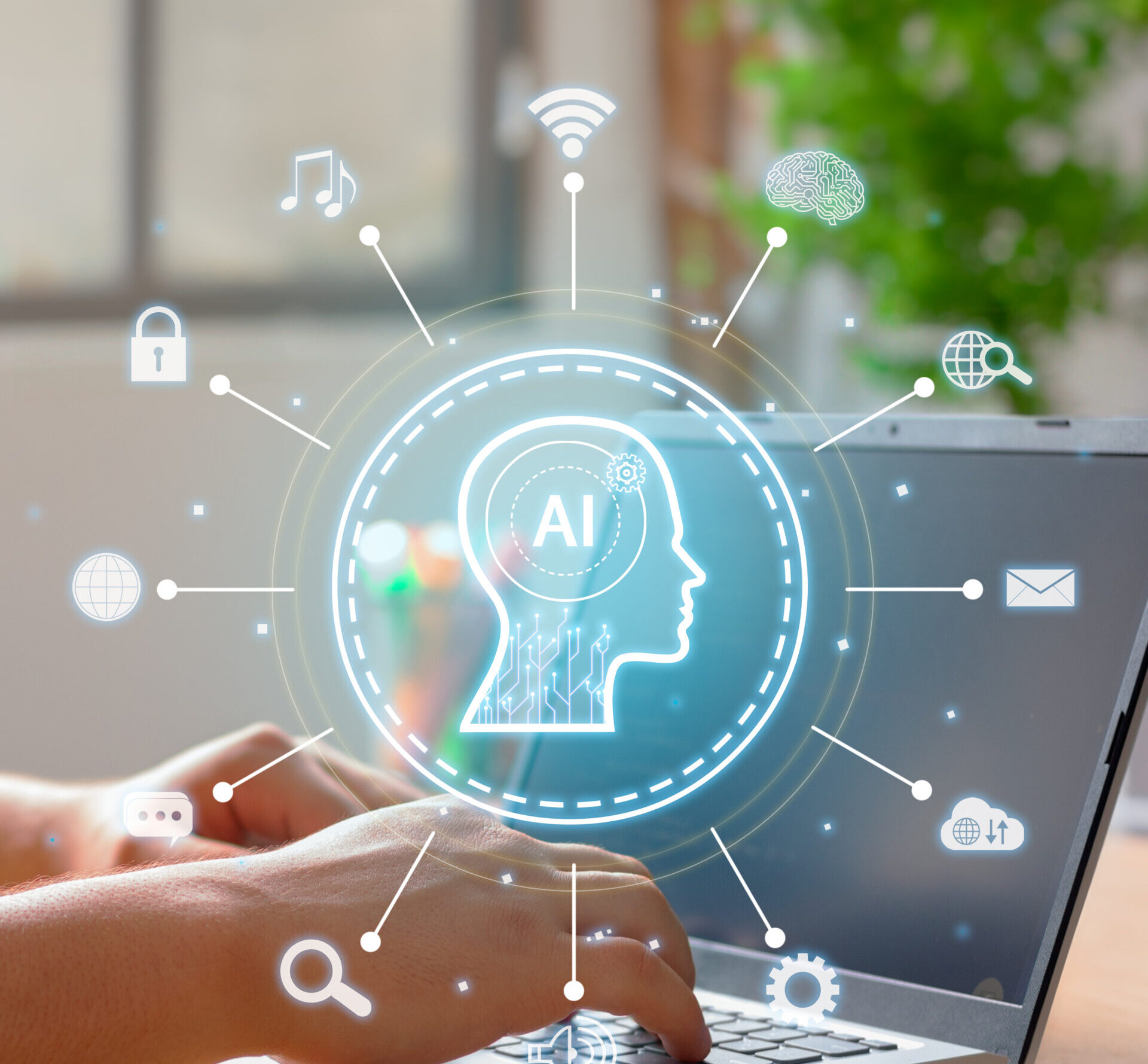Disaster Risk Management in the Digital Age: The Power of Digital Twins and Twinit
Disaster risk management is evolving rapidly, driven by the need for more proactive and effective strategies to mitigate the impact of natural and man-made catastrophes. Digital twins, powered by platforms like Twinit, are emerging as game-changers in this field, offering unprecedented capabilities for risk assessment, preparedness, response, and recovery.
What is a Digital Twin?
A digital twin is a virtual replica of a physical asset, system, or environment. In the context of disaster risk management, this could be a building, a city, or even an entire region. By leveraging real-time data from sensors, IoT devices, and other sources, digital twins provide a dynamic and interactive representation of the physical world.
Twinit: A Platform for Disaster Resilience
Twinit is a cutting-edge platform that enables the creation and management of digital twins for various applications, including disaster risk management. Its key features include:
- Data Integration: Twinit seamlessly integrates data from diverse sources, such as sensors, GIS data, weather forecasts, and social media feeds.
- Simulation and Modeling: The platform allows users to simulate various disaster scenarios, predict potential impacts, and evaluate the effectiveness of different mitigation strategies.
- Real-time Monitoring and Visualization: Twinit provides a dynamic and interactive visualization of the digital twin, enabling real-time monitoring of critical infrastructure and environmental conditions.
- Collaboration and Communication: The platform facilitates collaboration among stakeholders, enabling efficient communication and coordination during emergencies.
How Digital Twins and Twinit Enhance Disaster Risk Management
- Risk Assessment and Mitigation:
- Identify vulnerabilities in infrastructure and communities.
- Simulate the impact of different hazards, such as earthquakes, floods, or wildfires.
- Optimize mitigation strategies and resource allocation.
- Preparedness and Planning:
- Develop evacuation plans and emergency response protocols.
- Train first responders and community members in virtual environments.
- Enhance situational awareness and decision-making capabilities.
- Response and Recovery:
- Monitor the situation in real-time and assess damage.
- Coordinate rescue efforts and resource deployment.
- Facilitate post-disaster recovery and reconstruction planning.
Real-world Applications
- Flood Management: Digital twins can simulate flood scenarios, predict inundation areas, and optimize the operation of flood control infrastructure.
- Earthquake Preparedness: Simulate the impact of earthquakes on buildings and infrastructure, identify vulnerable areas, and develop evacuation plans.
- Wildfire Management: Monitor fire spread, predict risk areas, and optimize firefighting strategies.
Conclusion
Digital twins, powered by platforms like Twinit, are transforming disaster risk management by providing powerful tools for risk assessment, preparedness, response, and recovery.
By embracing these technologies, communities and organizations can build more resilient and sustainable futures in the face of increasing disaster risks.
Sources and related content
